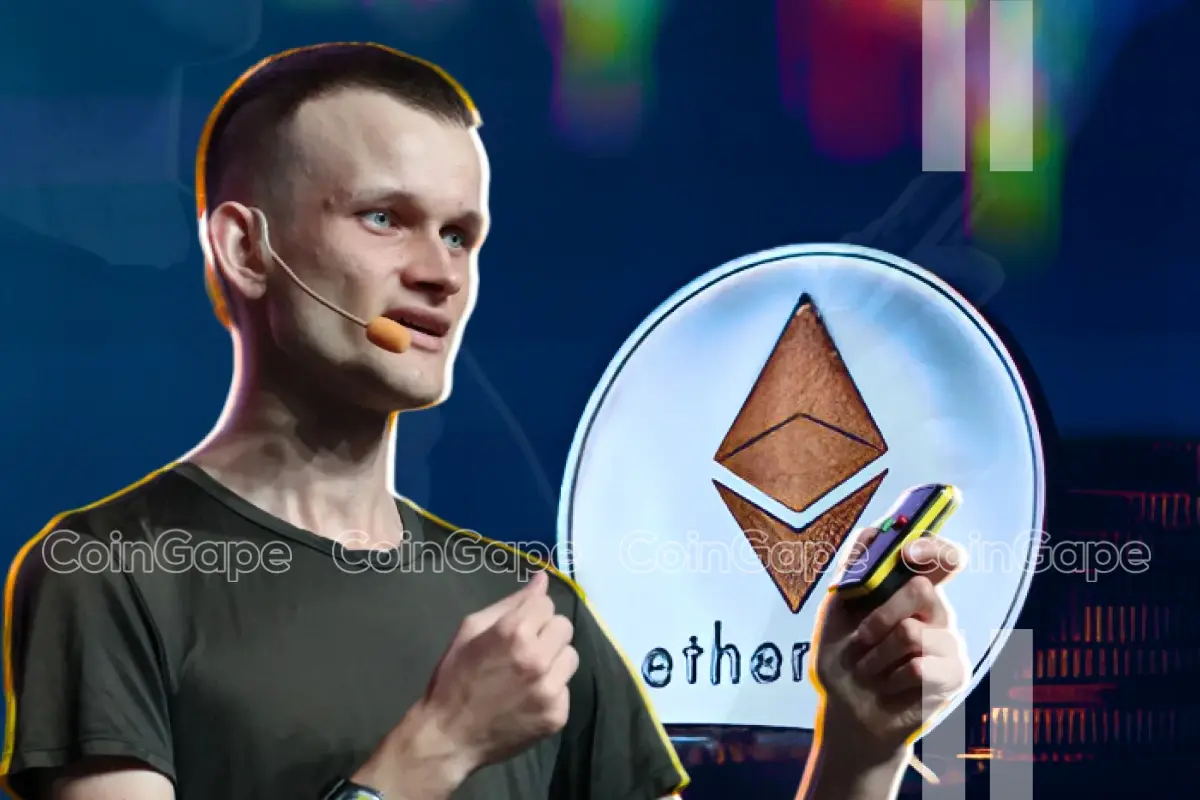Ethereum has been struggling to reclaim its record price levels of over $4,800 for 3 years. While its year-to-date returns are positive, Ethereum remains half in valuation compared to 2021.
Analysts have pointed out that Ethereum whales are currently not accumulating. The potential pressure on price is also coupled with interoperability challenges.
Ethereum is facing a deeper interoperability problem
Ethereum has been weak on the weekly and monthly charts, remaining almost 53% down from its record level. In 2021, ETH surpassed the price range of $4,800, but it has failed to reach that price point ever since. On-chain crypto analyst Ali Martinez mentioned in a recent post on X that Ethereum whales stopped accumulating in early July. He hints that the large holders have since been selling or redistributing their holdings, which could potentially lead to a price drop.
#Ethereum whales stopped accumulating $ETH in early July. Since then, they’ve been selling or redistributing their #ETH holdings. pic.twitter.com/ySmQLL7JCD
— Ali (@ali_charts) September 8, 2024
Amid the price weakness, Multicoin partner Kyle Samani believes that interoperability issues are pressuring the price. In a recent podcast with Bankless, Samani discussed that while ETH’s market cap is among the largest globally, ‘gravity’ makes the growth difficult. Financially, ‘gravity’ means maintaining high growth consistently is difficult for larger assets or firms. Additionally, Ethereum’s price performance has been weaker against competitors like BTC and Solana.
As per the Multicoin partner, “A lot of people use Ethereum, obviously, and they hate bridging, and they hate paying the fees, and they hate waiting, and they’re waiting for the thing to confirm,”
Lack of universal standard is a hurdle
Because of the Interoperability problem, Samani explains that users find it difficult to move assets between different platforms like Binance and Coinbase or networks like Arbitrum and Base. Since each of these platforms has its own separate ledger, only wrapped tokens are generally interoperable. According to Samani, Layer 2 solutions like Polygon, Optimism, StarkWare, and Arbitrum are building their internal interoperability standards but none of them works across all networks.
The executive said, “This is fundamentally a standards problem. And the problem with standards is you have to get everyone to agree to the standard.” Therefore, universal interoperability is technically difficult. Samani further explained that even if Ethereum co-founder Vitalik Buterin were to suggest a potential standard, cooperation across Layer 2 projects was not guaranteed.
In addition, underlining Ethereum’s performance, Samani said, “If you’re a $300 billion asset, don’t tell me, show me.” The executive noted that Ethereum needs to deliver tangible results and operate at the scale it has reached.
At press time, dollars locked in Ethereum have also taken a hit. Currently, Ethereum dominates 56% of the total TVL across networks. The figure was over 60% in June and July, down from the 90% since 2020 on DefiLlama. At this time, Ethereum appears to be facing technical and market factors.









